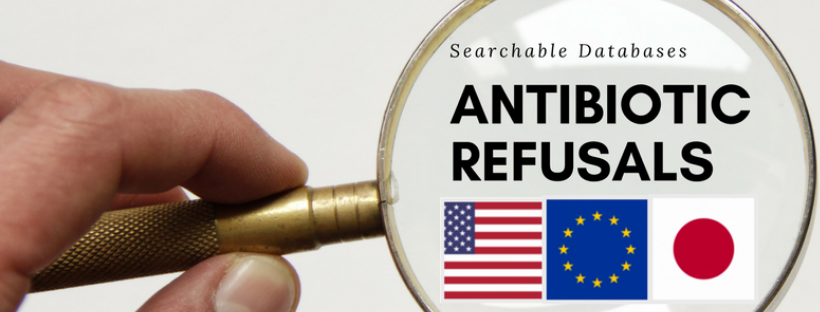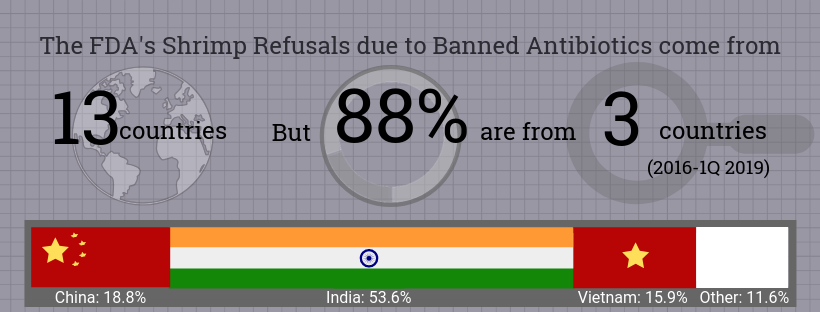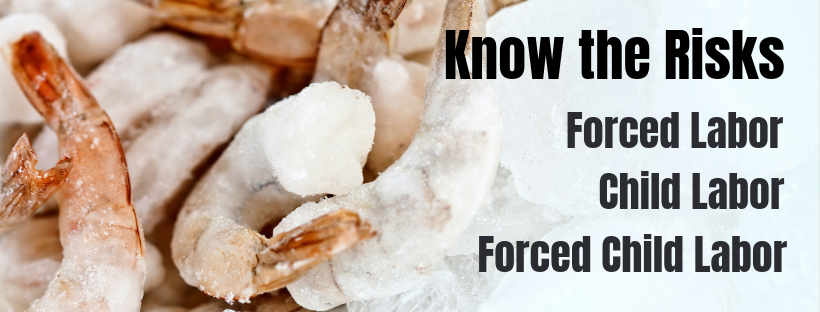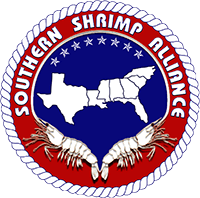Before You Purchase, Ask Questions
When purchasing wild-caught or farm-raised shrimp from the United States, you can rest assured that the product does not contain banned antibiotics. You can also be confident that U.S. shrimp were not produced using slave, forced, or child labor. The U.S. shrimp industry does not tolerate these unethical practices and production of shrimp in this country is highly regulated by the government.
However, much of the farm-raised shrimp imported into the U.S. market comes from countries with well-documented histories of using banned antibiotics and grotesque labor abuses. Seafood distributors and purchasers have the ability to improve the production of shrimp throughout the world by requiring that their supply chain be free of antibiotic use as well as labor abuse.
The Southern Shrimp Alliance has compiled databases, government studies, and third-party reports to help you know when to ask hard questions about the supply chain. Using these resources, you can avoid purchasing foreign shrimp from suppliers with a poor record of compliance with food safety and labor laws.
This information is important for:
- Businesses who are concerned about the imported seafood they stock and sell; and,
- Consumers who want to find objective information about current food safety issues with shrimp imports, as well as labor abuse in the foreign shrimp supply chain;
- Reporters who would like to review original source information regarding the continuing presence of banned antibiotics in foreign shrimp aquaculture as well as slave/forced/child labor in the shrimp supply chain; and,
- Policymakers who are interested in preventing U.S. consumers from unintentionally encouraging the use of dangerous antimicrobial in foreign shrimp aquaculture and the abuse of workers overseas.

Shrimp is farmed throughout the world. However, antibiotic use in shrimp aquaculture has been tolerated in a small number of countries. The Southern Shrimp Alliance provides tools to enhance the ability of consumers, suppliers, restaurants, and retailers to evaluate the risk of exposure to antibiotic-contaminated shrimp.


U.S. law prohibits importing products produced in whole or in part by slave, forced, or child labor. In 2016, Congress closed a loophole preventing that law from being applied to shrimp imports.
The U.S. government, other governments, and human rights organizations have all documented labor abuses in the shrimp supply chain in several countries. Those responsible for purchasing shrimp must ensure they do not reward labor abuse by sourcing from suppliers that have not addressed the issue.
The linked resources enhance the ability of consumers, suppliers, restaurants, and retailers to evaluate the risk of purchasing shrimp from supply chains that use slave, forced, or child labor. As these data show, forced labor in shrimp production is limited to a small number of countries, but these problem countries supply significant volumes of shrimp to the U.S. market.
Case Study: India
India supplies 39% of the U.S. market for shrimp, but it is responsible for more than 50% of the shrimp rejected by the FDA for banned antibiotics.
These resources compiled by the Southern Shrimp Alliance document rejections of Indian shrimp from all major markets due to the presence of banned antibiotics. The European Union has even recommended testing for new classes of antibiotics because Indian suppliers are switching to more potent drugs to avoid detection by the current testing protocols.
Despite documented problems with Indian shrimp, U.S. shrimp imports from India have increased. While India’s exports to other major shrimp importing countries have dwindled, the U.S. market has become a dumping ground for contaminated Indian shrimp.
